Any dabbling in the investment world and you have to encounter exchange-traded funds. Why? Exchange-traded funds (ETFs) are the most exchanged investment asset in the world globally. Apart from instant portfolio diversification, they continue to be the most cost-friendly investment option in the investment world, with an average expense ratio of 0.45% compared to mutual fund‘s 0.7%.
Why are ETFs, given all they have to offer, relatively cheaper than most other investment options?
Here we explore ETFs:
- Operating expenses
- Brokerage commission
- Premium/discount
- Spreads
- Taxation benefits
Exchange-traded funds operating expenses
Anything that exists in the universe has associated running costs. These costs come in expenses such as administration fees, management costs, advisory services fees, record-keeping costs, among others for ETFs. All these costs are presented as a percentage of the ETFs annual asset payments in the summary and long-form prospectus, the fund’s expense ratio, which is divided into three primary categories:
Management fees
Are expenses associated with managing the fund:
- Fund manager fees
- Staff fees
- Research fees
- Technical equipment purchases and maintenance
- Travel expenses for fund analysts
Distribution fees
Also known as 12b-1 fees. They are costs associated with funds’ marketing, extending to staff bonus pay for highly profitable periods. They should not exceed 1% of the fund assets. Fortunately for ETF investors, distribution fees don’t apply to their investments.
Other expenses
All other costs incurred due to an ETF existing are categorized under a broad tag, other expenses.
All these costs are recurrent annual expenditures, with the different ETF compositions determining the weights of the costs across the different categories.
Exchange-traded funds brokerage commission
By their nature, ETFs necessitate the need for an intermediary between the share creators and the investors, a broker. There are traditional call brokerage firms and online brokerage firms.
- Traditional call brokers send their statements annually; hence tracking their fees is a tard difficult.
- On the other hand, investors have complete transparency on the brokerage commissions when using online broker trading platforms, 24/7 investor access.
Both types of brokers charge their commissions based on a flat rate or the basis of the total assets in an investor’s portfolio. The investment world has been so cutthroat and profitable that brokers are looking for a competitive edge. The result has been smiling investors due to 0 commission fees as a ploy to win more clientele to their respective firms and sites.
With broker commission, using a dollar-cost averaging investment strategy results in higher fees, especially if the commission is coupled to the number of transactions. Brokers are not fiduciary, so it is up to individual investors to analyze the broker commissions and pick one that enhances the returns through cost-effective broker fees.
Furthermore, ETFs are a pool of investment instruments. Investing in one is much more cost-effective than investing in the individual holdings in management and broker commissions.
Exchange-traded funds discount/premium
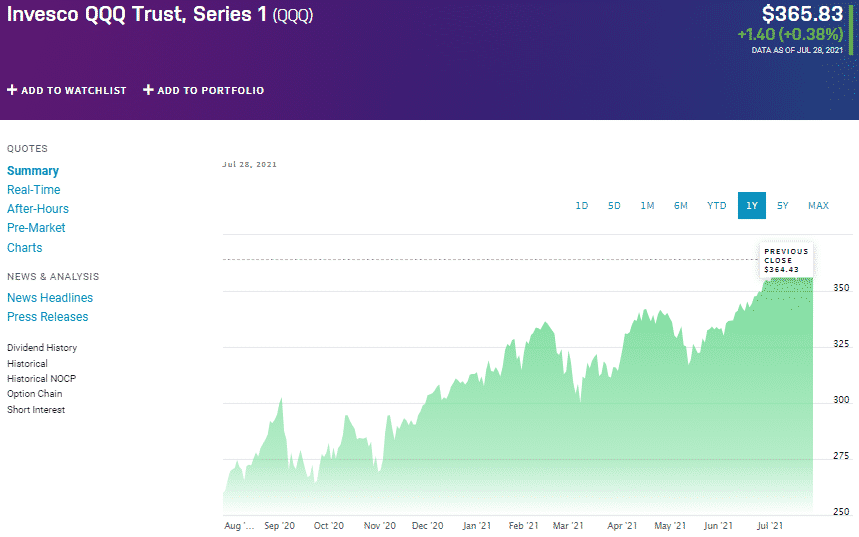
Since the market is guided by participants’ emotions and demand and supply forces, the trading market price of ETFs may be higher than the estimated value, premium, or lower discount. Premium and discounts are not actual investor costs but have a bearing on the overall value of the ETF hence an effect on the returns.
For example, buying into an ETF at a discount and redeeming the shares at a premium impacts the returns positively, while buying at a premium and selling at a discount affects returns negatively.
For example, a person who bought into the QQQ ETF a year ago at $257.78, a discount, and still holds the shares bought can sell them for $364.43 at present. An investment of $10,000 would currently be worth $14,137.
Exchange-traded funds spread
Spread refers to the difference in value between the ETF’s seller asking price, ask, and the ETF’s buyer purchasing price bid. It is always advisable to go for ETFs with the lowest spread since it is an indicator of a fund’s liquidity: highly exchangeable ETFs have the lowest spreads.
In addition, trading like stocks means that ETFs have no minimum position size requirements. Investors can choose positions aligned to their money management rules and investment strategies.
Exchange-traded funds for reduced tax burden
Exchange-traded funds are an investment for the long haul. According to the Oracle of Omaha, W. Buffet, investing in ETFs is betting on the economy or a section of the economy, which in the long run, has to grow. As such, ETF investors hold their investments over several years, qualifying them for capital gains tax rate when redeemed, which is a lower rate than the nominal income tax rate.
In addition, ETFs attract taxation on redemption only, allowing an investor to choose when to sell their holdings and pay the requisite taxes.
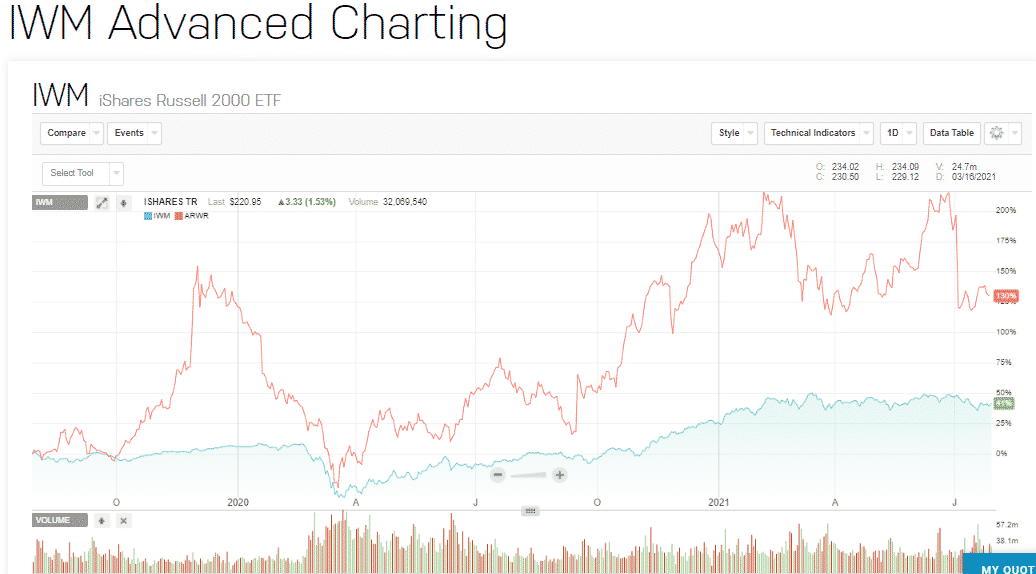
The ETF investment attracts interest at a long-term capital gains rate of 15%, while the investment in the Arrowhead Pharmaceutical Inc. stock would be taxed at a short-term capital gains rate, which is the nominal rate of 22%.
Final thought
The cost-effectiveness of ETFs is as clear as day in comparison to the other investment assets. Getting into the ETF markets means getting exposure to an investment pool for the price of one. It also means enjoying meager commission fees and management fees.
As an investor, always consider the total cost of the ETF, despite being the more cost-efficient investment vehicle, to ensure the ETF chosen achieves the desired returns.
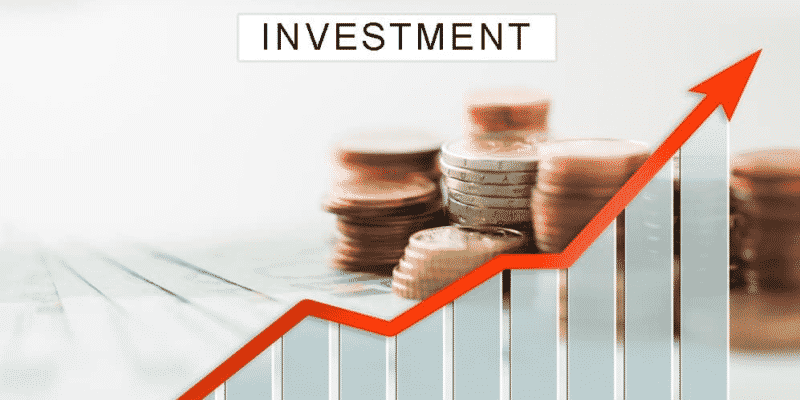
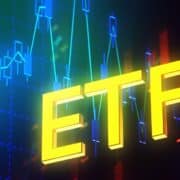





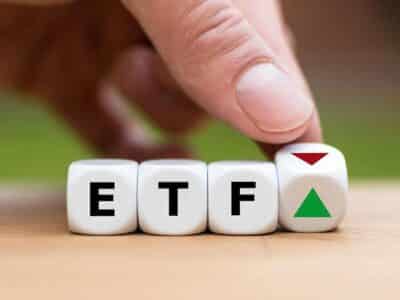


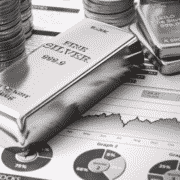




Comments